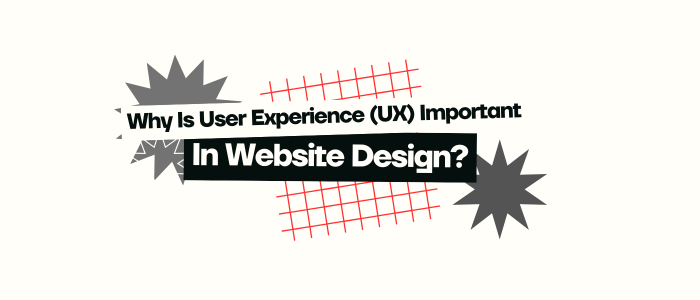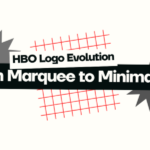A website isn’t the end-all-be-all of a business’s digital presence. But it may as well be because website design is as important as it is. But simply having a website isn’t enough. It needs to be modern, meet aesthetic standards and, most importantly, perform well. That is where user experience (UX) design comes in. UX design has the power to decide factors such as user engagement, customer satisfaction, bounce rates and even website ranking on search engines.
User Experience – Why Is It Needed?
Let’s talk about it in detail below:
1. What Is User Experience (UX)?
User Experience (UX) in web design, as the name suggests, refers to the overall experience a user has when using your website or web application. UX encompasses factors of usability, accessibility, performance, emotional response and user satisfaction. Any website with even a decent UX structure makes the user’s experience enjoyable and intuitive and fulfills their needs.
Key Components:
- Usability: How navigable the website is and how it fulfills the needs of the user.
- Accessibility: Ensuring all users, including those with disabilities, can access the site.
- Performance: Fast page load speed and reliable features.
- Visual Design: Intuitive, attractive and clear-cut design.
- Content: Relevant, engaging information that addresses user questions.
2. The Business Case for UX
Investing in UX design is simply doing smart business. The statistics back it up. According to Forrester Research, every dollar invested in UX brings a return of $100, yielding an ROI of 9,900%. Sounds crazy, right? But that’s the effect good UX design has. When the customer is satisfied, and their needs are being met, they buy into whatever you’re selling. It’s as simple as that.
Impact on Conversion Rates
- 400% Increase: Efficient UX design can boost conversion rates by up to 400%. It sounds unbelievable, but that’s the power of good UX design.
- First Impressions: Users form an opinion about your website and your business from the first look they have at your website and the first click they make, which makes UX design all the more important.
3. UX and User Retention
Retaining existing users is often more cost-effective than acquiring new ones. A seamless UX keeps users engaged:
- 88% Less Likely to Return: Bad UX leads to 88% of users leaving and not coming back to a website.
- Direct Proportionality: Improving retention rates even just a little bit can maximize profits by 25% to 95% percent.
4. SEO Benefits of Strong UX
Search engines reward websites that deliver excellent UX:
- Lower Bounce Rates: Engaging UX makes users want to stay on a site more. Better UX can see bounce rates drop by up to 40%, which signals search engines that your website is worth indexing.
- Higher Dwell Time: Users spend an average of 5 minutes longer on well-designed websites, boosting rankings and improving search engine optimization statistics.
5. Accessibility and Inclusivity
Inclusive design broadens your audience:
- 1 in 4 Americans live with a disability; accessible websites can tap into this market.
- Legal Compliance: Adhering to WCAG 2.1 guidelines reduces the risk of lawsuits and enhances brand reputation.
True accessibility and inclusivity can only be achieved if you work on UX design and web design simultaneously. Check out our blog on why good web design is so essential to effective UX design.
6. Mobile-First UX
With over 60% of web traffic from mobile devices, mobile-first UX is essential:
- Responsive Design: Adapts layouts to different screen sizes, improving usability on smartphones and tablets.
- Performance Optimization: Mobile users expect pages to load within 3 seconds. Every additional second increases bounce rates by 15%.
7. Common UX Mistake To Avoid
- Cluttered Layouts: Overwhelming users with too many elements. Solution: Use whitespace and clear hierarchies.
- Poor Navigation: Users can’t find what they need. Solution: Implement intuitive menus and search functions.
- Slow Load Times: Leads to high abandonment. Solution: Optimize images and leverage caching.
- Non-Responsive Design: Frustrates mobile users. Solution: Adopt mobile-first strategies.
9. Case Studies: Brands Winning with UX
- Airbnb: Simplified booking flow increased conversions by 30% after the website redesign.
- Dropbox: Clean, intuitive interface drove a 60% increase in sign-ups.
- Shopify: Streamlined merchant dashboard reduced support tickets by 40%.
Conclusion
There used to be a time when User Experience wasn’t a necessity; it was a luxury. That’s not the case anymore. From SEO to customer engagement, lead conversion, and profits, UX design is linked intrinsically to all of them. The benefits and returns of UX are clear. Investing in UX is investing in your brand’s future.
LogoVent can help make your brand’s future bright with impressive and professional UX design. In fact, we offer a whole host of services, from web design to UX design, SEO services and more. Contact us today for a consultation and start your brand on its journey to success.





